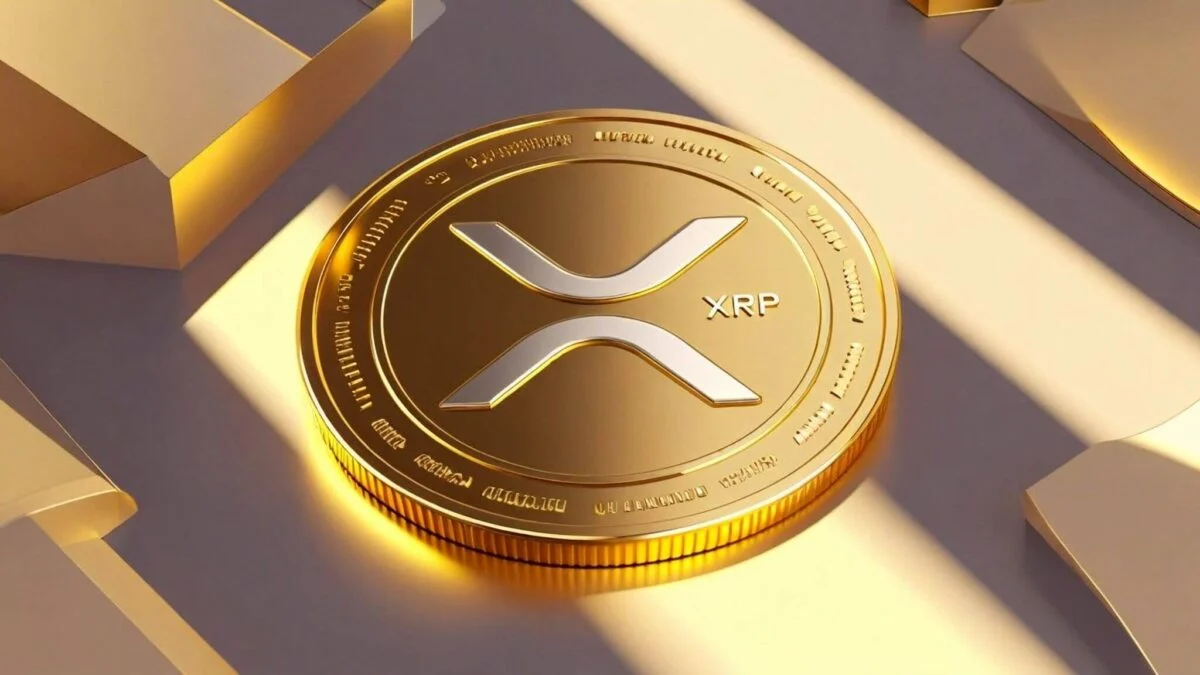TLDR
- XRP dropped 42% in one day, falling to $1.64 before a partial recovery to $2.36.
- Institutional futures open interest decreased by $150M amid XRP’s crash.
- XRP’s price rebounded after reaching a low of $1.64, stabilizing near $2.36.
- 320 million XRP moved to exchanges, signaling whale distribution pressure.
XRP experienced one of its sharpest sell-offs in recent memory on October 10, 2025, plummeting nearly 40% in a single day. The cryptocurrency’s price fell to $1.64 before partially recovering to $2.36. This sudden drop and rebound highlighted the volatile nature of XRP’s market amid heightened liquidations and regulatory uncertainties.
Major Sell-Off Drives XRP Price Down
XRP opened on October 10 at $2.82 but quickly lost ground, dropping to a low of $1.64 by mid-session. The cryptocurrency’s dramatic decline was driven by large-scale liquidations, particularly among institutional investors. These forced sales contributed to a 164% increase in trading volumes compared to the 30-day average. The sell-off saw XRP breach key support levels at $2.50 and $2.70 before bottoming out.
The liquidity crisis was further evidenced by a substantial decrease in institutional futures open interest. Over $150 million in open interest was wiped out as long positions were liquidated, further exacerbating the price decline. The sharp price move coincided with a market-wide trend, which saw other major cryptocurrencies experiencing similar volatility.
Market Recovery and Stabilization
After reaching the $1.64 low, XRP managed to stabilize and recover to $2.36 by the end of the trading day. The price rebound occurred in the final hour of trading, with volume surging as buyers entered the market to take advantage of lower prices. The final 15 minutes of the session saw significant accumulation, which helped to stabilize XRP within the $2.30 to $2.40 range.
The recovery was not immediate and took time to materialize. A brief period of consolidation followed the sharp drop, with XRP fluctuating around $2.30 before regaining momentum. By the end of the session, the price was capped at $2.36, a crucial level of resistance for XRP in the near term.
Decreased Institutional Interest and Regulatory Concerns
In addition to the technical market factors, XRP’s decline was also influenced by external pressures. The passing of the deadline for Ripple’s National Trust charter on October 7 added uncertainty around the cryptocurrency’s future. The potential for tighter regulations, particularly in the United States, contributed to a reduction in institutional involvement, seen in the drop in futures open interest.
Whale activity was also a factor, with 320 million XRP moved to exchange wallets in the past week, indicating distribution pressure. This suggests that larger holders of the cryptocurrency were looking to offload their positions, further increasing downward pressure on the price. Despite these challenges, on-chain data indicated that long-term holders remained active, adding to their positions below the $2.40 price level, suggesting a potential value-based strategy.
Technical Indicators Show Mixed Signals
From a technical standpoint, XRP’s chart displayed signs of volatility as the cryptocurrency broke below its 75-day symmetrical triangle pattern. The drop below key supports has left XRP vulnerable to further downside risk, with a potential target at $2.22 if volume weakens. However, the rebound to $2.36 offers some hope for a reversal, provided the cryptocurrency can hold above the $2.30 to $2.35 support zone.
Traders are closely monitoring XRP’s price action for confirmation of a potential recovery. A move above the $2.90 resistance level would likely signal the start of a more significant bullish trend. Until then, XRP faces short-term bearish pressure, with its technical momentum showing signs of exhaustion at multi-month lows.






